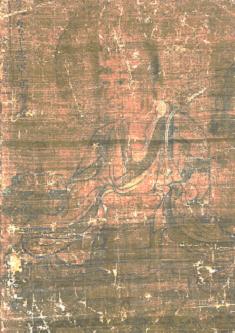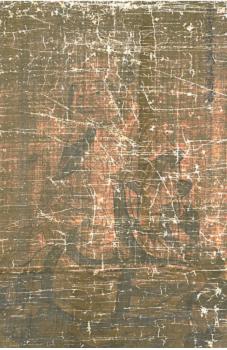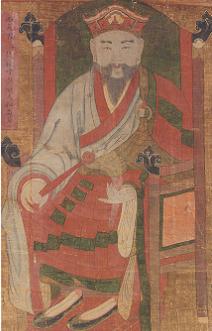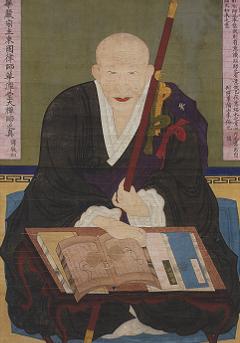- Date 2012-10-05
- Hit 4316
Arhats and Eminent Monks
○ Venue: Buddhist Painting Gallery, Calligraphy and Painting Section
○ Exhibits: 15 Buddhist paintings from the Goryeo Dynasty, including 500 Arhats
○ Date: September 18, 2012 - May 12, 2013
Beginning September 18 in the Buddhist Painting Gallery, the National Museum of Korea (Director Kim Youngna) presents a new collection of Buddhist paintings. Since opening in 2005, the gallery has strived to offer art lovers a comprehensive view of Korean Buddhist paintings, and starting last year, we began a special program wherein each new display from our collection focuses on a specific subject, in order to give visitors a more profound and diverse understanding of Buddhist art. The new exhibition 'Arhats and Eminent Monks' is the third event held as part of this program, following Buddhist Paintings in the Hall of the Underworld and Buddhist Paintings in the Three Sages Shrine.
Arhats are the ardent followers of Buddha who have attained enlightenment through spiritual practices, and they are revered by Buddhist followers and worshipped as divine beings. Thus, they have long been a favorite theme for Buddhist painters, and works depicting the “16 Arhats” or the “500 Arhats” are often enshrined in Korean Buddhist temples, in either the Nahanjeon (Hall of Arhats) or Yeongsanjeon (Hall of Vulture Peak). Similarly, portraits of eminent monks, admired for their virtues and erudition, are often commemorated in temples. Interestingly, such portraits are sometimes made many years after the subject’s death, copied from previous works, such that the resulting figure might look very different from the actual person. In the Seon sect of Mahayana Buddhism, each sect maintains portraits of its founders as important symbols of authority.
The new exhibition consists of 15 paintings of arhats and eminent monks, including two paintings of the “500 Arhats” from the Goryeo Dynasty (918-1392). Both of these were painted between 1235 and 1236, in accordance with the tradition of praying to the 500 arhats for help defeating enemy forces and to bring peace to the country. Since the paintings have considerably faded and eroded over the centuries, they are rarely shown to the public. The two arhats presented in these paintings are Honorable Arhat Hyegungo, the 170th and Honorable Arhat Uitong, the 357th.
The newly exhibited works also include portraits of some of the leading Korean Buddhist figures of their time. For example, Giheo Yeonggyu (?-1592) is regarded as one of the greatest leaders of monk warriors who fought against the Japanese forces that invaded Korea in 1592, and Hwadam Gyeonghwa (1786-1848) is a renowned scholar from the same school of influential thinkers as Cheongheo Hyujeong (a.k.a. Great Master Seosan, 1520-1604) and Pyeonyang Eongi (1581-1644). The portrait of Hwadam Gyeonghwa highlights his intelligence, as he is shown gazing out at the viewer with his glasses laid on an open book, as if he has just lifted his head from the scripture. Other eminent monks whose portraits are displayed in this exhibition include Bodhidharma (?-536), the revered founder of the Chinese Chan (i.e., Korean Seon) Buddhism; Jigong (?-1363), an Indian monk who strongly influenced the Buddhist community of late Goryeo; and Mugyeong Gwanju (19th c.), who was a painter as well as a monk. The latter portrait was acquired by NMK in 2010, and is herein presented to the public for the first time.
Both arhats and eminent monks are practitioners of the dharma and awakened beings who followed in the footsteps of the Buddha. NMK’s new exhibition of Buddhist paintings provides a unique visual way for visitors to meditate over Buddhist teachings and truths.

Five Hundred Arhats (Honorable Arhat Hyegungo, the 170th)
Goryeo Dynasty (1236), 53.9 × 37.7 cm

Five Hundred Arhats (Honorable Arhat Uitong, the 357th)
Goryeo Dynasty (1235-36), 52.5 × 36.8 cm

Great Master Jigong, Late Joseon, 101.5 × 63.6 cm

Great Master Hwadam, Late Joseon, 110.0 × 77.4 cm







 X
X  Facebook
Facebook